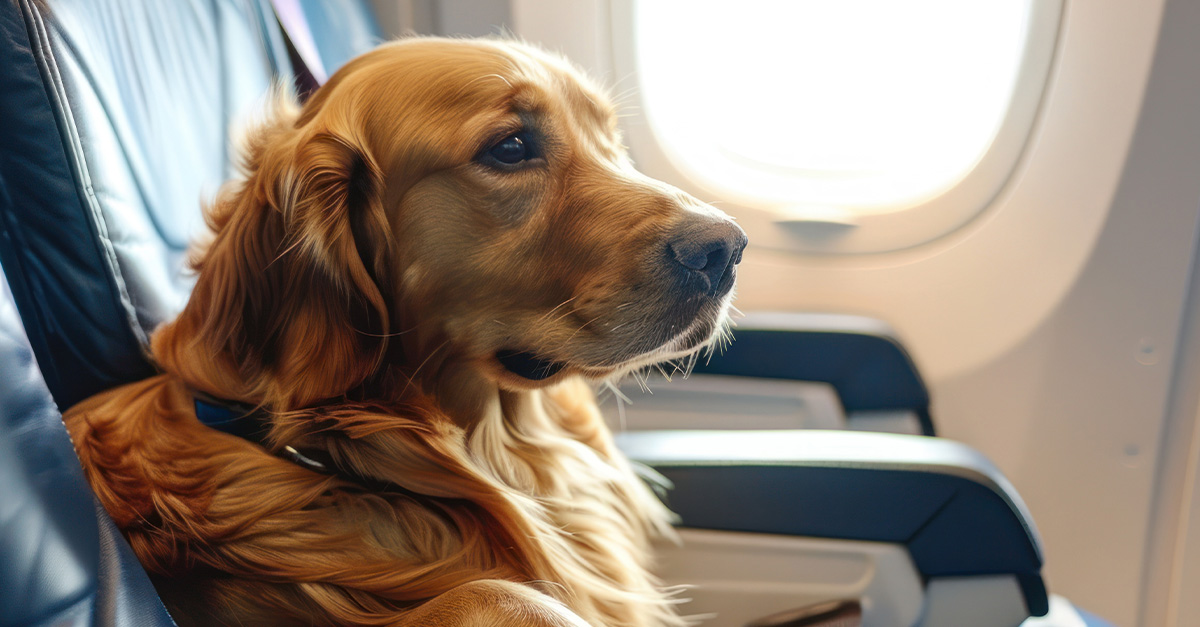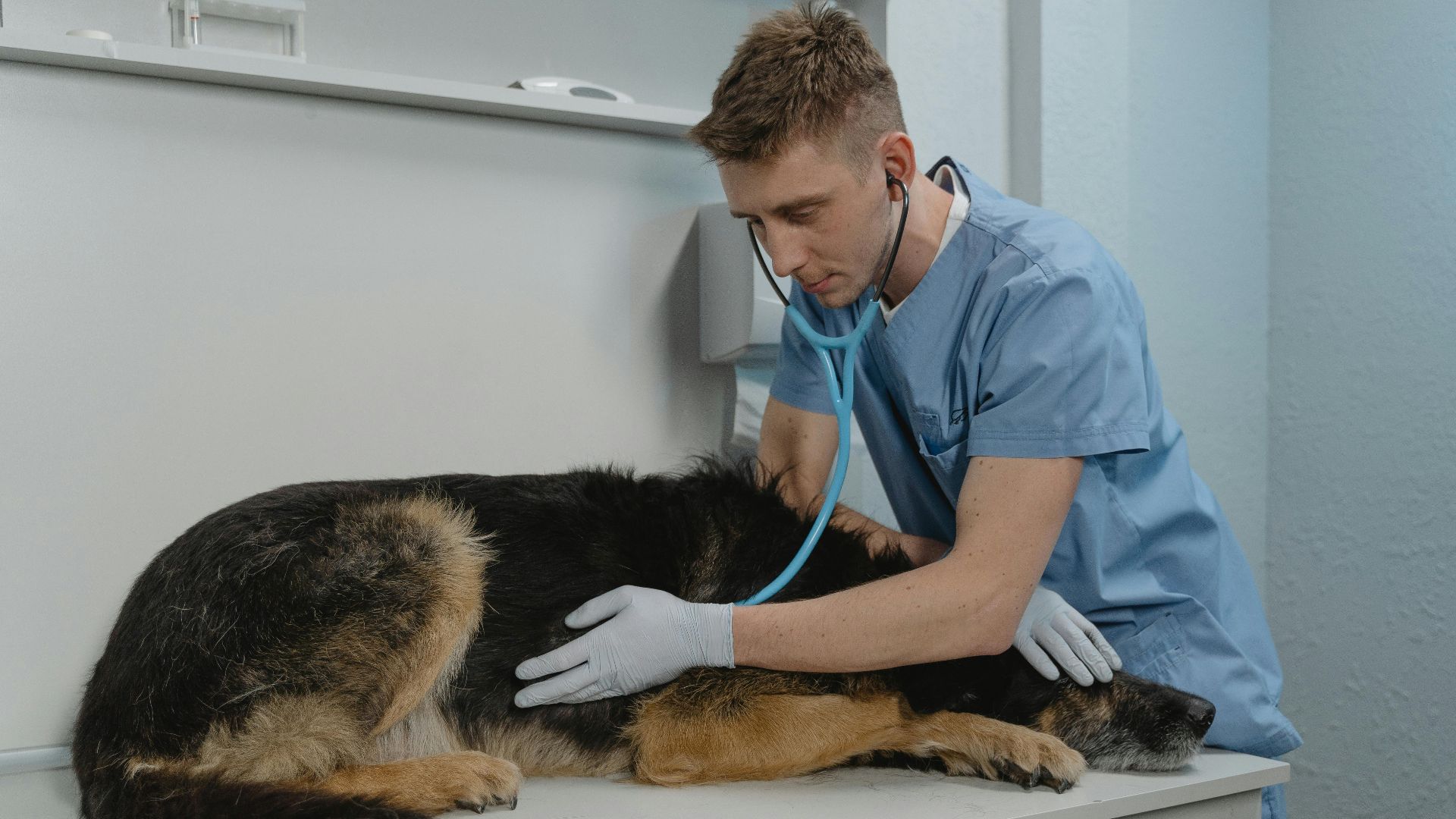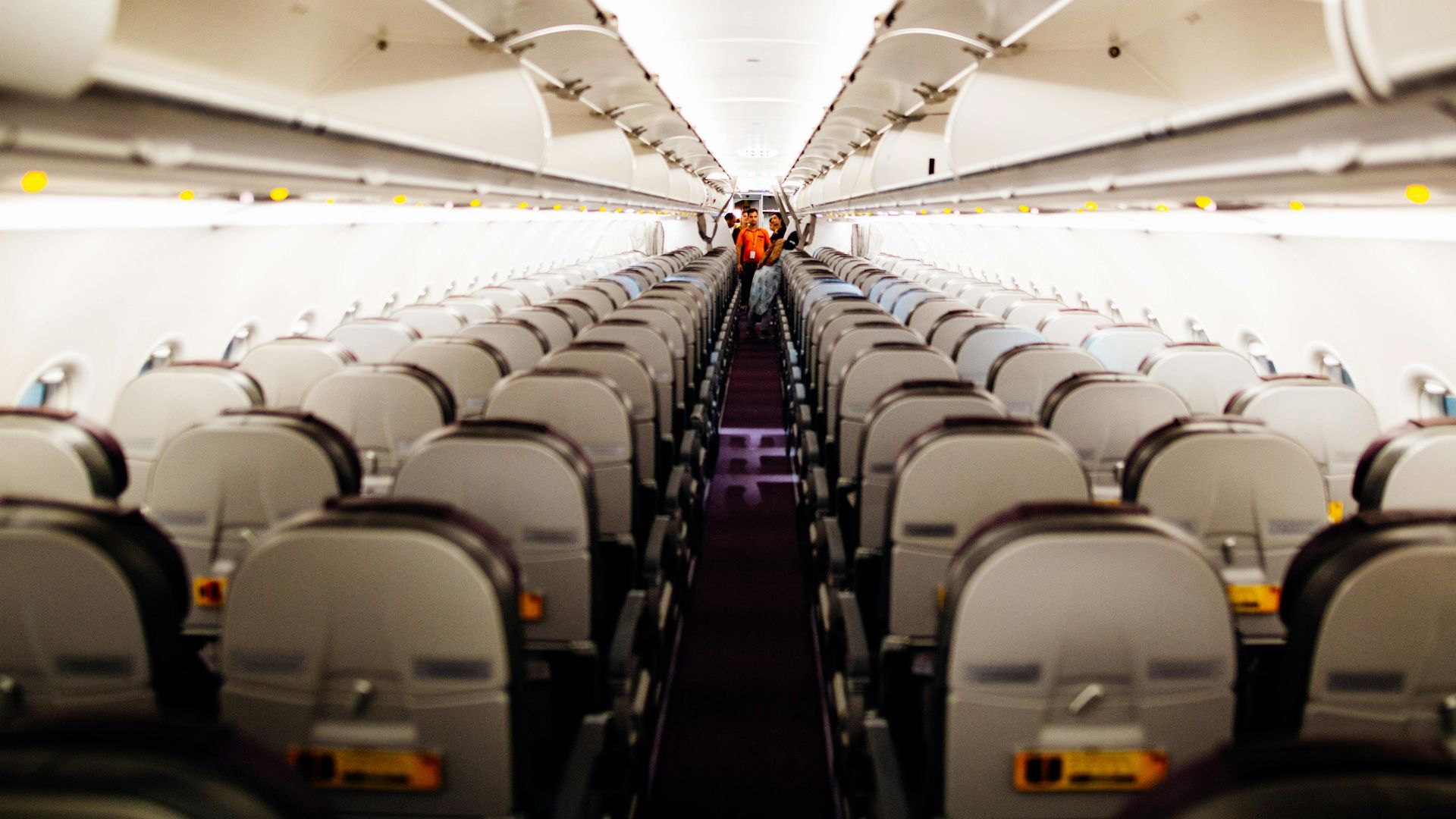The Ultimate Pet-Travel Dilemma
You’re planning your dream vacation, scrolling through hotel options and scenic destinations, when your dog gives you those soulful, guilt-inducing eyes. Of course, you want to bring them along—but the moment you start looking at airline pet policies, the excitement fades. Cabin or cargo? Size restrictions? Health certificates? It feels like decoding a secret language. The good news? Traveling with your dog isn’t impossible—it just takes the right know-how and preparation.

First Things First—Can Your Dog Fly?
Before booking anything, make sure your furry companion is even eligible to fly. Airlines typically have age and breed restrictions, and some dogs simply aren’t suited for air travel. Puppies under eight to twelve weeks old usually aren’t allowed, and certain short-nosed breeds like Pugs, Bulldogs, and Boxers often can’t travel in cargo because of their breathing issues. Always check your specific airline’s policy before booking.
In-Cabin vs. Cargo—What’s The Difference?
The most important question when flying with your pet is where they’ll be traveling: in the cabin or in the cargo hold. Small dogs that fit comfortably in an airline-approved carrier under the seat in front of you can usually fly in-cabin. Larger dogs, however, may need to travel in cargo. While “cargo” sounds scary, it isn’t inherently dangerous—but it’s definitely a different experience. The cargo hold can be noisy and stressful for pets, so choosing the right travel method depends on your dog’s temperament and your comfort level.
How Big Is “Too Big” For The Cabin?
Every airline has its own definition of “small,” but as a rule of thumb, your dog and their carrier should weigh no more than about twenty pounds combined. If your dog is even slightly larger, the airline will likely require them to fly in cargo instead. It’s best to check your airline’s specific size and weight limits early on, as they can vary quite a bit.
The Carrier Chronicles
Think of your pet carrier as your dog’s first-class seat—it has to meet airline standards and keep your pup comfortable. Most airlines require soft-sided, ventilated carriers that fit beneath the seat in front of you. The carrier should be big enough for your dog to stand up, turn around, and lie down comfortably, but not so large that it won’t fit. Investing in a high-quality carrier designed for air travel will make everyone’s journey smoother.
Call The Airline—Yes, Actually Call
Even if you’ve done all your online research, make the call. Airlines only allow a limited number of in-cabin pets per flight—usually two to six total—and spots fill quickly. Calling ahead gives you the chance to reserve a space for your pup and double-check that no rules have changed. Trust us: policies can shift from season to season, and sometimes even by route.
Fees, Fees & More Fees
Unfortunately, bringing your dog along isn’t cheap. Most airlines charge between ninety-five and two hundred dollars each way for in-cabin pets, and cargo travel can easily top five hundred depending on the destination and the dog’s size. International flights often come with additional fees and paperwork. It’s all part of the price of flying with a furry companion.
Health Certificates Are A Must
Before your trip, you’ll need to visit the vet. Most airlines require a health certificate issued within ten days of travel, verifying that your dog is healthy enough to fly. You’ll also need proof of up-to-date rabies vaccination. If you’re flying internationally, the documentation requirements can be even stricter—so check your destination’s rules well in advance.
International Travel? Start Early
Taking your dog abroad adds another layer of complexity. Different countries have their own import rules, vaccination requirements, and even quarantine laws. For example, countries like Australia and New Zealand have extremely strict pet entry regulations that can take months to prepare for. Start the process three to four months ahead, minimum, to avoid heartbreak and delays.
Emotional Support Vs. Service Animals
Once upon a time, emotional support animals were allowed to fly for free. Those days are over. The U.S. Department of Transportation now limits service animal privileges to dogs that are specifically trained to assist with a disability. If your dog is an emotional support animal rather than a trained service dog, they’ll need to follow the same pet travel rules as everyone else.
Choosing Pet-Friendly Airlines
Some airlines are more welcoming to four-legged travelers than others. Delta, Alaska Airlines, and American Airlines have solid reputations for cabin travel, while international carriers like Lufthansa and KLM are known for excellent pet-handling programs. Reading reviews from other pet travelers can help you pick an airline that truly understands what it means to travel with animals.
Avoid Connecting Flights
Whenever possible, book a direct flight. Each transfer adds stress and increases the chances of something going wrong. For pets flying cargo, layovers can mean time spent in holding facilities or on hot tarmacs—conditions you definitely want to avoid. A nonstop flight is always the best choice for your dog’s comfort and safety.
Know The Weather Restrictions
Airlines care about more than your dog’s size—they also consider the weather. Many carriers won’t transport pets in cargo if the outside temperature is above 85°F or below 45°F at any point during the journey. If you’re traveling in the peak of summer or the dead of winter, be prepared for potential restrictions or delays.
Don’t Sedate Your Pet
It’s tempting to think that a sedative will calm your dog during the flight, but it can actually be dangerous. Sedation affects a pet’s ability to regulate temperature and breathing, especially in high altitudes. Instead, focus on training, comfort, and familiarity. Bring their favorite toy or blanket to make the experience less stressful.
Pre-Flight Training
One of the best ways to prepare your dog for air travel is by getting them used to their carrier ahead of time. Start weeks before your flight by letting them spend short, positive sessions inside it with treats and praise. By the time you’re boarding, your dog should view the carrier as a safe, cozy den—not a scary new confinement.
Exercise Before You Fly
Before heading to the airport, take your pup for a long walk or play session. A well-exercised dog is less anxious and more likely to relax during the flight. Give them a chance to use the bathroom, too—many airports now have designated pet relief areas near terminals for this exact reason.
Packing For Your Pup
Just like you, your dog needs a few essentials for the journey. Pack a small bag with a collapsible water bowl, some food and treats, a leash and harness, waste bags, and a cozy blanket or toy that smells like home. Having familiar items on hand can make all the difference in keeping your pet calm and happy.
At The Airport—What To Expect
Plan to arrive early. Some airlines require pet check-in at specific counters, and you’ll need extra time to get through security. During the screening process, you’ll have to remove your dog from the carrier while the bag goes through the scanner—so keep a secure leash ready to go.
Boarding Time Tips
If you’re allowed to board early, take advantage of it. Stowing your pet carrier before the crowd rushes in will help both of you stay calm. Once seated, speak to your dog softly to reassure them, but avoid unzipping the carrier mid-flight unless absolutely necessary.
Mid-Flight Manners
Most dogs sleep through flights once the plane is in the air. Offer small sips of water to keep them hydrated, but avoid feeding a full meal right before or during the trip to prevent motion sickness. And yes, the carrier must stay closed throughout the flight—rules are rules.
After Landing
When you land, find the nearest pet relief area right away. Let your pup stretch, rehydrate, and get some fresh air before heading to baggage claim. It’s normal for dogs to be a little disoriented after flying, so give them time to adjust before continuing your journey.
Renting A Car Or Staying In Hotels
If your travel plans include hotels or rental cars, always check their pet policies in advance. Many hotels welcome dogs but may charge an additional cleaning fee or restrict certain breeds or sizes. Some even require vaccination records at check-in, so bring copies just in case.
Adjusting To A New Environment
After the flight, give your dog a quiet space to decompress. Keep their routine as normal as possible—stick to regular mealtimes, walks, and bedtime schedules. Familiar scents and consistent structure will help them feel grounded in a new environment.
Don’t Forget Pet Insurance
Pet insurance may not be glamorous, but it’s a lifesaver if something unexpected happens on the road. Some travel policies cover accidents, lost pets, or emergency vet visits abroad. Check your current plan to see if it includes travel coverage, or look into temporary add-ons.
Alternative Options
If the thought of air travel still feels overwhelming, remember that flying isn’t the only way to enjoy time away. Road trips can be more flexible and pet-friendly, while trusted sitters or boarding services can keep your dog safe and happy at home. Sometimes, the best gift you can give your pet is comfort—not a plane ride.
Quick Airline Pet Policy Snapshot
Every airline has its quirks. American Airlines allows in-cabin pets up to twenty pounds for a $150 fee. Delta charges $95 for in-cabin travel but restricts cargo during extreme temperatures. United’s PetSafe program handles cargo transport but has limitations based on breed and weather. Southwest keeps it simple with in-cabin-only travel for $95, and JetBlue welcomes pets under twenty pounds in-cabin for $125—with the added bonus of their “JetPaws” perks program. Always double-check the latest policy before booking, as these details can change frequently.
Final Boarding Call For Pet Parents
Flying with your dog takes patience, preparation, and a little extra planning—but it’s completely possible. Once you understand the rules, gather your paperwork, and pack the right gear, the rest is just about keeping your best friend comfortable. With some forethought, you’ll both be ready for takeoff and ready to make memories that last a lifetime. Because let’s face it—adventures are always better with a wagging tail by your side.
You May Also Like:
Americans Are Moving Away From Cities, And These Are The Small Towns Where They're Going
Ranking The Countries With The Highest Cost Of Living—According To Data

































